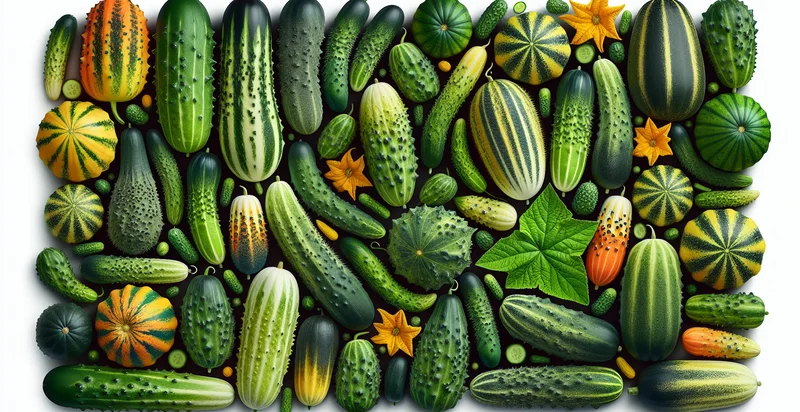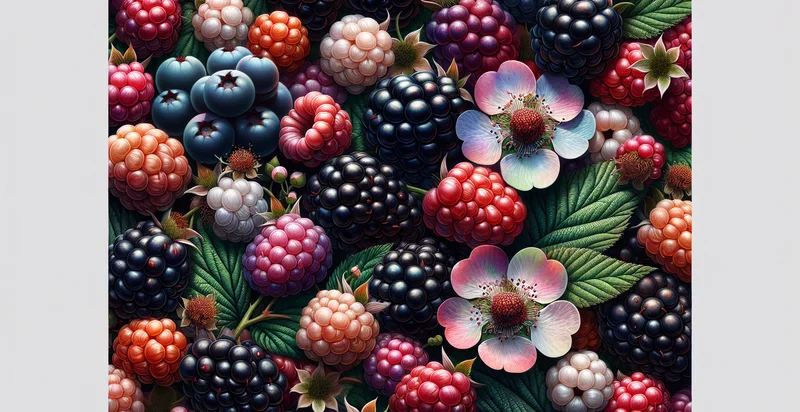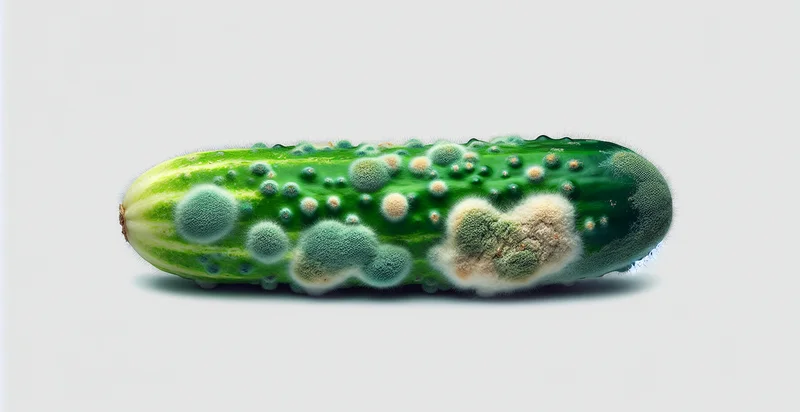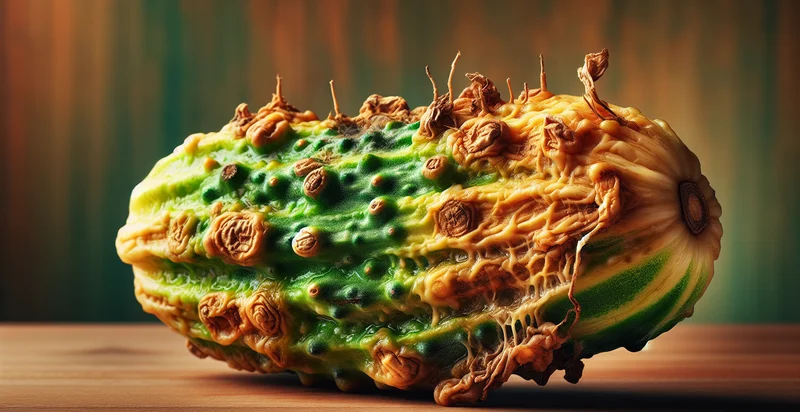Identify cucumber species
using AI
Below is a free classifier to identify cucumber species. Just upload your image, and our AI will predict what species of cucumber it is - in just seconds.

Contact us for API access
Or, use Nyckel to build highly-accurate custom classifiers in just minutes. No PhD required.
Get started
import nyckel
credentials = nyckel.Credentials("YOUR_CLIENT_ID", "YOUR_CLIENT_SECRET")
nyckel.invoke("cucumber-species", "your_image_url", credentials)
fetch('https://www.nyckel.com/v1/functions/cucumber-species/invoke', {
method: 'POST',
headers: {
'Authorization': 'Bearer ' + 'YOUR_BEARER_TOKEN',
'Content-Type': 'application/json',
},
body: JSON.stringify(
{"data": "your_image_url"}
)
})
.then(response => response.json())
.then(data => console.log(data));
curl -X POST \
-H "Content-Type: application/json" \
-H "Authorization: Bearer YOUR_BEARER_TOKEN" \
-d '{"data": "your_image_url"}' \
https://www.nyckel.com/v1/functions/cucumber-species/invoke
How this classifier works
To start, upload your image. Our AI tool will then predict what species of cucumber it is.
This pretrained image model uses a Nyckel-created dataset and has 10 labels, including Bitter Cucumber, Burpless Cucumber, English Cucumber, Kirby Cucumber, Lebanese Cucumber, Persian Cucumber, Pickling Cucumber, Seedless Cucumber, Slicing Cucumber and Standard Cucumber.
We'll also show a confidence score (the higher the number, the more confident the AI model is around what species of cucumber it is).
Whether you're just curious or building cucumber species detection into your application, we hope our classifier proves helpful.
Related Classifiers
Need to identify cucumber species at scale?
Get API or Zapier access to this classifier for free. It's perfect for:
- Agricultural Research: Researchers can utilize the cucumber species identifier to study genetic variations among different cucumber species. By accurately classifying cucumber varieties, they can better understand traits related to yield, disease resistance, and climate adaptability, leading to improved breeding practices.
- Automated Crop Monitoring: Farmers can integrate the image classification function into drones or robotic systems to monitor cucumber crop health. By identifying specific cucumber species, farmers can optimize their cultivation techniques and detect issues related to pest infestations or nutritional deficiencies.
- Retail Quality Control: Grocery stores can implement the image classification tool in their quality control processes for cucumber products. By quickly identifying cucumber species, store managers can ensure that the correct varieties are stocked and that there are no mix-ups that could affect customer satisfaction.
- Personalized Marketing: E-commerce platforms selling cucumbers can use the identifier to personalize marketing efforts based on consumer preferences for specific cucumber species. By correctly classifying the cucumbers they sell, these platforms can recommend recipes or cooking tips tailored to the identified species, enhancing customer engagement.
- Supply Chain Traceability: Food suppliers can enhance traceability in their supply chains by using the cucumber species identifier during the packaging process. This allows for accurate labeling and ensures that consumers receive the specific cucumber varieties they expect, promoting transparency and trust.
- Culinary Education: Culinary schools can employ the identifier in cooking classes to teach students about different cucumber species and their culinary uses. This enhances students' understanding of how various cucumbers affect texture and flavor in dishes, preparing them for diverse culinary experiences.
- Climate Adaptation Strategies: Agricultural consultants can leverage the image classification function to advise farmers on the best cucumber species to plant in response to climate change. By identifying which species are more resilient to specific environmental conditions, they can help farmers adapt their cultivation strategies effectively.


